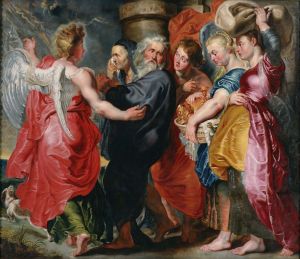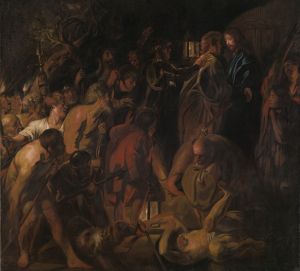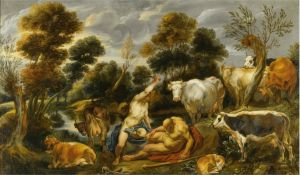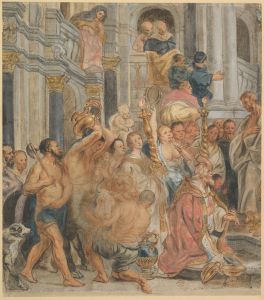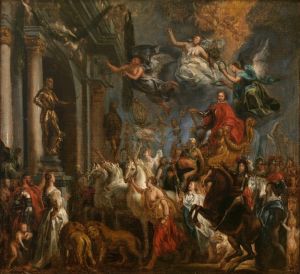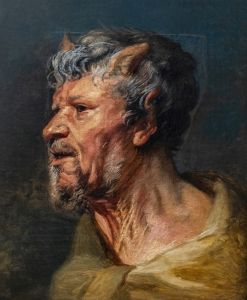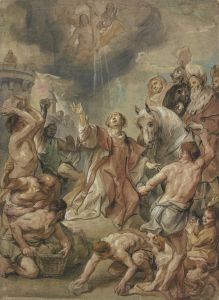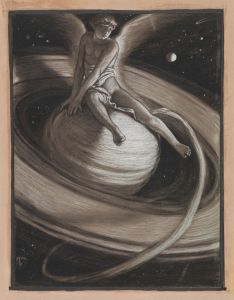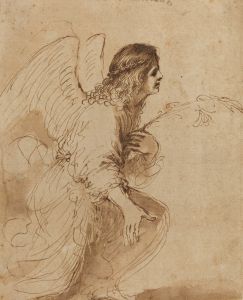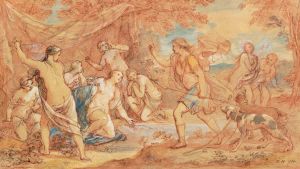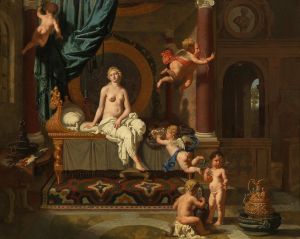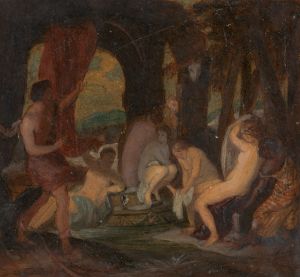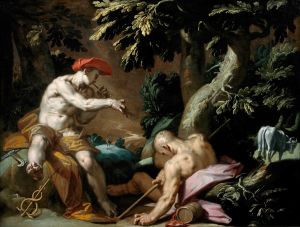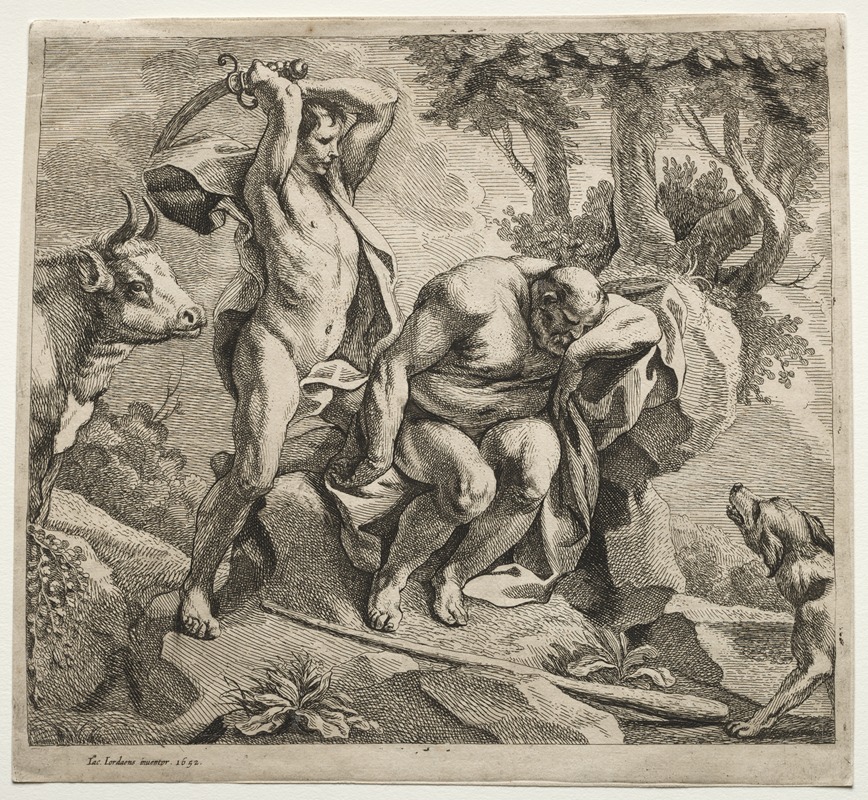
Mercury Killing Argus
A hand-painted replica of Jacob Jordaens’s masterpiece Mercury Killing Argus, meticulously crafted by professional artists to capture the true essence of the original. Each piece is created with museum-quality canvas and rare mineral pigments, carefully painted by experienced artists with delicate brushstrokes and rich, layered colors to perfectly recreate the texture of the original artwork. Unlike machine-printed reproductions, this hand-painted version brings the painting to life, infused with the artist’s emotions and skill in every stroke. Whether for personal collection or home decoration, it instantly elevates the artistic atmosphere of any space.
Jacob Jordaens was a prominent Flemish Baroque painter, known for his vibrant use of color and dynamic compositions. One of his notable works is "Mercury Killing Argus," which depicts a scene from classical mythology. This painting illustrates the story of Mercury, the messenger god, and Argus Panoptes, a giant with a hundred eyes.
The myth originates from Ovid's "Metamorphoses," where Juno, the queen of the gods, assigns Argus to guard Io, a nymph transformed into a cow. Juno's husband, Jupiter, had fallen in love with Io, and to protect her from Juno's wrath, he turned her into a cow. To free Io, Jupiter sends Mercury to slay Argus. Mercury accomplishes this task by lulling Argus to sleep with his music and then beheading him.
Jordaens' painting captures the moment of Argus's demise. The composition is dynamic, with Mercury depicted in motion, emphasizing the swiftness and cunning associated with the god. Mercury is often shown with his characteristic winged hat and sandals, holding a caduceus, a staff entwined with two serpents. Argus, in contrast, is portrayed as a massive figure, his numerous eyes closed in slumber, highlighting his vulnerability at this moment.
Jordaens' use of color and light is particularly noteworthy in this work. The contrast between the bright, almost ethereal depiction of Mercury and the darker, more earth-toned portrayal of Argus creates a visual tension that enhances the drama of the scene. The artist's skillful handling of chiaroscuro, the treatment of light and shadow, adds depth and volume to the figures, making the scene more lifelike and engaging.
The painting reflects Jordaens' mastery of Baroque techniques, characterized by movement, vivid contrasts, and emotional intensity. Unlike some of his contemporaries, Jordaens did not travel to Italy to study the works of the Renaissance and Baroque masters. Instead, he developed his style in Antwerp, influenced by the works of Peter Paul Rubens and Anthony van Dyck, both of whom were leading figures in the Flemish Baroque movement.
"Mercury Killing Argus" is a testament to Jordaens' ability to convey complex narratives through his art. His interpretation of the mythological tale is both dramatic and nuanced, capturing the tension between divine intervention and human-like vulnerability. The painting is a fine example of how Jordaens could infuse classical themes with the dynamism and emotional depth characteristic of the Baroque period.
While Jordaens is often celebrated for his large-scale history paintings and genre scenes, "Mercury Killing Argus" showcases his ability to handle mythological subjects with equal skill and creativity. The work remains an important piece within his oeuvre, reflecting his contribution to the rich tapestry of 17th-century Flemish art.





